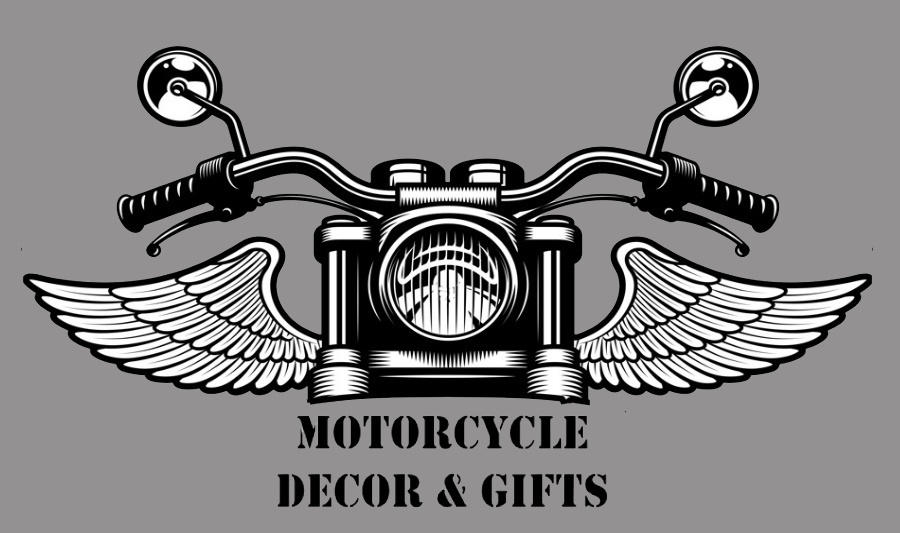Thunder on Two Wheels: Indian Motorcycles Ruled the Road (1920s-1930s)
The 1920s and 1930s were a golden age for motorcycles. They embodied the spirit of freedom, rebellion, and the open road, perfectly aligned with the post-WWI zeitgeist. And amidst this roar of chrome and leather, one brand thundered louder than the rest – Indian Motorcycles.
Born in 1901 in Springfield, Massachusetts, Indian Motorcycles was the brainchild of George M. Hendee and Oscar Hedstrom. Their brainchild, the aptly named “Indian Moto-Cycle,” was an instant hit. Its innovative features like a spring-frame fork and a single-cylinder engine made it powerful, reliable, and easy to ride. The Roaring Twenties saw Indian hit its peak. Sales boomed, thanks to factors like:
Technological Prowess The Chief
Indian constantly pushed boundaries. The iconic Chief, launched in 1922, boasted a powerful V-twin engine and streamlined design that made it a head-turner. The Indian Chief is a true icon of the motorcycle world. First introduced in 1922, it quickly became a symbol of power, and style.
The Chief remained a popular model for Indian Motorcycles throughout the 1920s and 1930s. It was even used by the United States military during World War II. The Chief went through a number of updates and changes over the years, but it always retained its classic look and feel.
The Indian Scout: A Cruiser from the Roaring Twenties
Born in 1920, the Scout was a departure from the large, heavyweight V-twins that dominated Indian’s lineup. Inspired by the lightweight British bikes gaining popularity at the time, the Scout offered a smaller, more manageable package that still packed a punch. Its 606cc V-twin engine, producing a respectable 10 horsepower, was enough to propel the Scout to a thrilling 80 mph.
Marketing
Indian embraced celebrity endorsements. Burt Munro, the legendary New Zealander, famously rode an Indian Scout to victory at the Daytona Beach races in 1928, cementing the brand’s image as adventurous and daring.
Indian’s Cultural Impact
Indian wasn’t just about motorcycles; it was a cultural phenomenon. The brand empowered women, with stylish ads featuring female riders enjoying the freedom of the open road. It also played a role in pop culture, appearing in movies like “The Wild One” (1953) and becoming a symbol of American coolness.
A Battle for Brand Supremacy
Indian dominated the racing scene, winning the inaugural Daytona Beach races in 1937 and setting numerous speed records. But the rivalry wasn’t just confined to the racetrack. It spilled onto the open roads, into advertising campaigns, and even popular culture.
Harley cultivated a tough-guy image, with ads featuring burly riders conquering rugged landscapes. Indian countered with a focus on style and sophistication, targeting a more mainstream audience with sleek bikes and celebrity endorsements.
The Great Depression
The Great Depression hit the motorcycle industry hard, and Indian wasn’t immune. Sales plummeted, forcing the company to innovate and diversify. They introduced new models like the affordable Scout and ventured into scooters and even automobiles. Despite these efforts, Indian couldn’t outrun the economic storm. In 1933, the company filed for bankruptcy.
